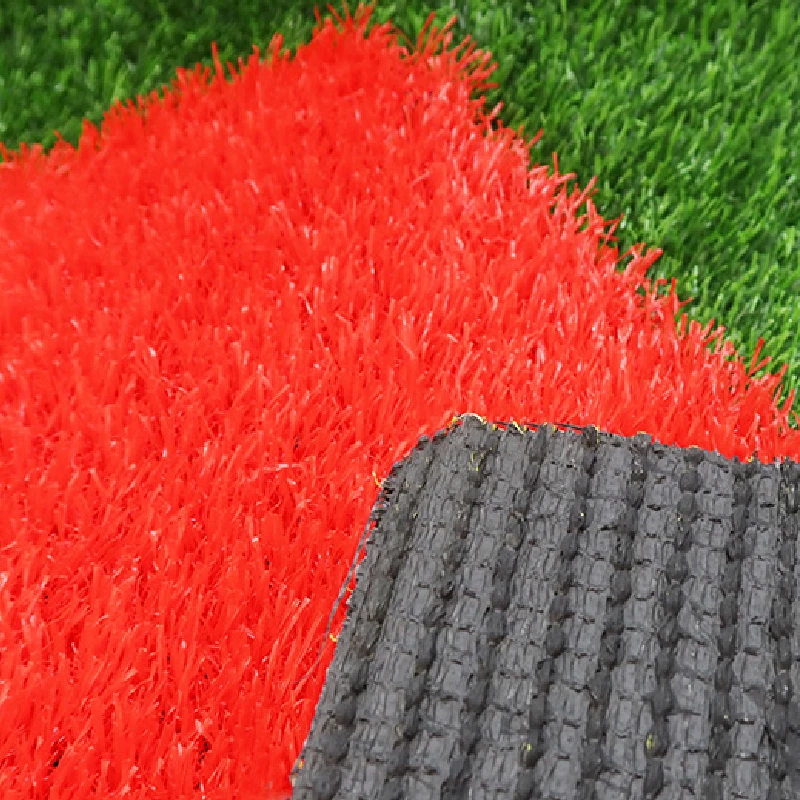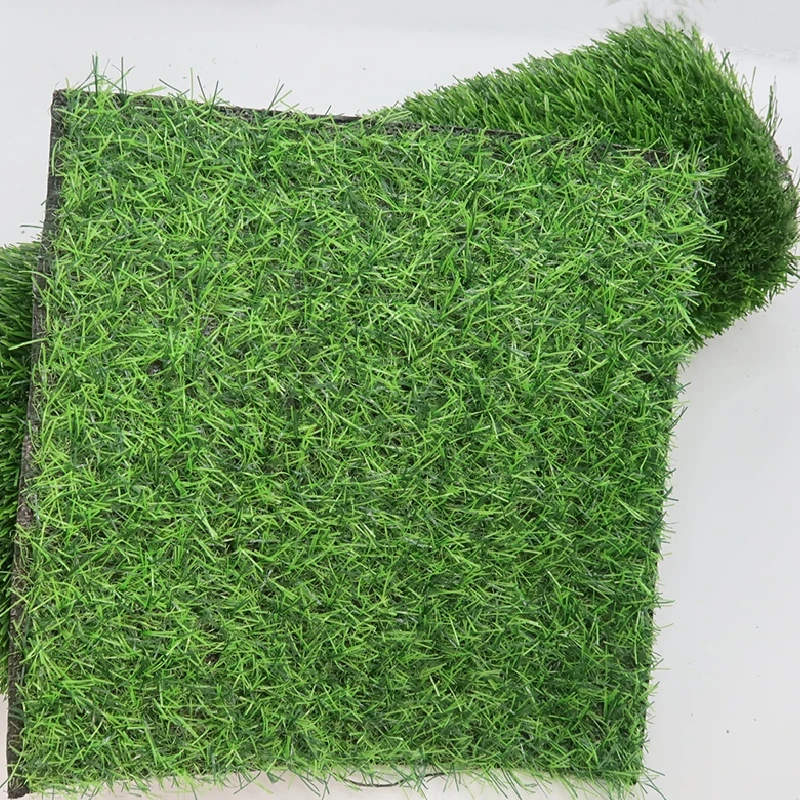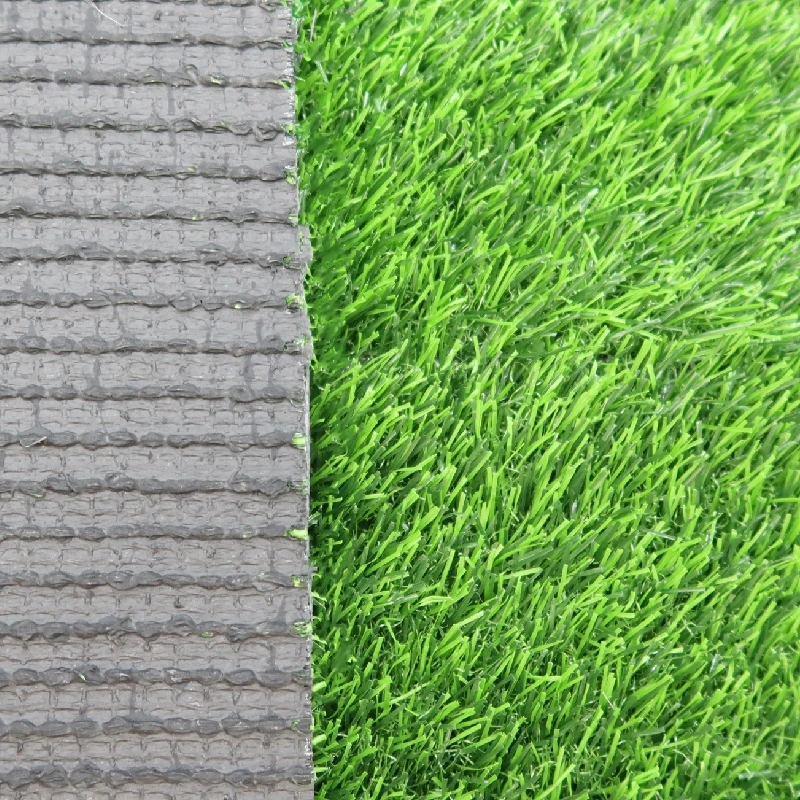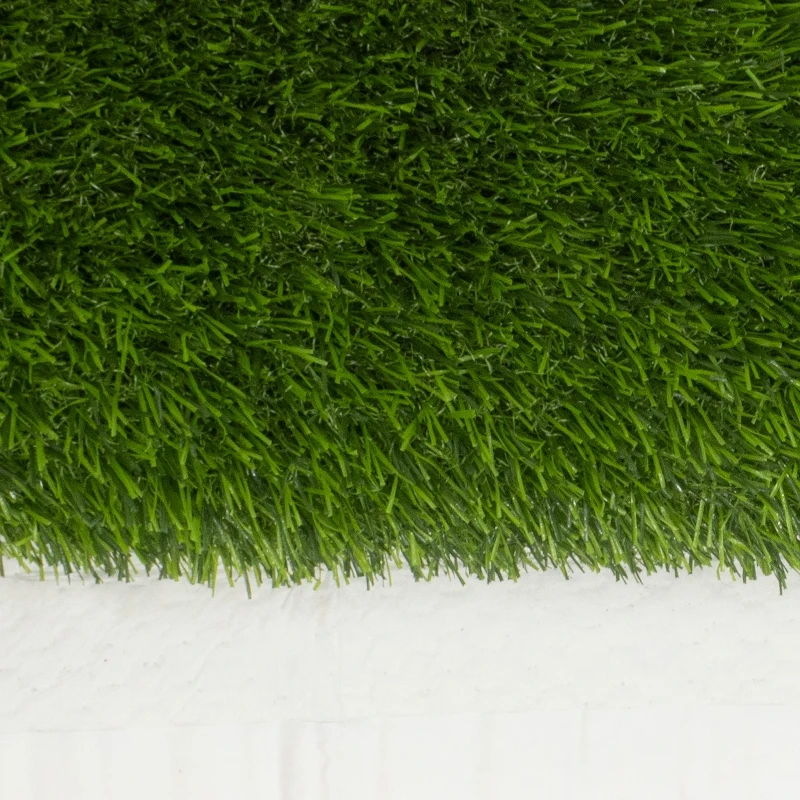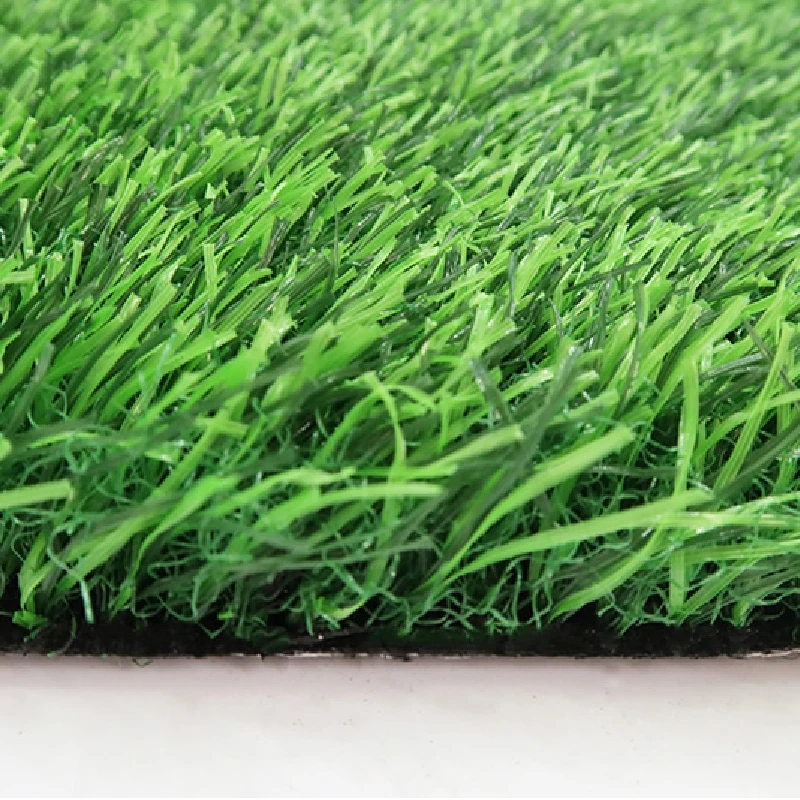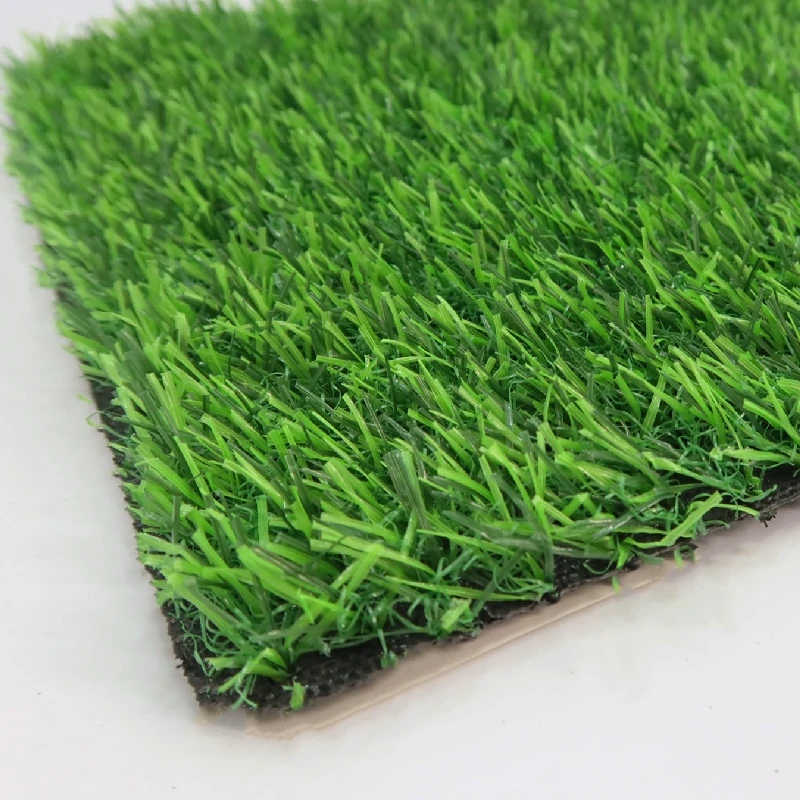Synthetic Grass Turf: Smart, Sustainable Green Solutions for Urban Landscapes
Nov . 15, 2025 12:00 Back to list
What Is Synthetic Grass Turf and Why Does it Matter?
Synthetic grass turf—maybe you’ve noticed it popping up everywhere from sports stadiums to urban parks—is not just a trendy lawn alternative. It’s a transformational solution meeting global challenges in water conservation, maintenance costs, and urban sustainability. To put it simply: it’s artificial grass designed to mimic real grass, but with a heck of a lot less fuss. Understanding this product unlocks many benefits, especially as cities grow, water resources dwindle, and the demand for green spaces increases.
Globally, the rising impact of climate change combined with urban sprawl means we need resilient, low-maintenance landscaping options. Synthetic grass turf fits perfectly here, conserving billions of liters of water, reducing chemical use, and offering consistently green aesthetics year-round.
Why the World is Turning to Synthetic Grass Turf
According to United Nations data, urban areas are home to over 55% of the world's population and expected to grow to nearly 70% by 2050. Managing green spaces amid this explosive urbanization is a colossal challenge, especially where droughts are more frequent.
Synthetic grass turf addresses this by dramatically cutting the need for irrigation. The World Bank estimates that the agricultural and recreational watering sectors account for roughly 70% of freshwater consumption globally, so switching to synthetic lawns in public areas and sports venues can save enormous amounts of water. Plus, with ISO standards increasingly promoting sustainability in construction and landscaping, synthetic turf’s relevance is only set to rise.
However, some question its environmental impact—in terms of production and end-of-life recyclability. Fair concerns, but recent innovations in bio-based materials and recycling programs are quickly changing the game.
What Exactly is Synthetic Grass Turf?
At its core, synthetic grass turf is an engineered surface made from plastic fibers designed to look like natural grass. Unlike traditional sod or seeded lawns, synthetic turf eliminates the need for mowing, watering, and regular lawn care.
Originally devised for sports fields—think football, soccer, or golf greens—today synthetic turf is everywhere: rooftop gardens, playgrounds, commercial landscaping, even remote army bases where maintaining real grass is impractical.
Years ago, it might have looked fake or plasticky, but modern versions are surprisingly realistic, blending blades of varying lengths, color shades, and sometimes even "thatch layers" at the base for cushioning.
Core Factors to Consider When Choosing Synthetic Grass Turf
Durability
One of the first things engineers and designers talk about is how long the turf will last under foot traffic, UV exposure, and weather extremes. The best synthetic grass turf can hold up for 10–15 years with minimal fading or matting. That’s especially crucial for sports venues and playgrounds.
Drainage & Installation
Proper drainage is a dealbreaker. Turf must allow water to pass through easily to avoid pooling and surface runoff issues. Installation comes with a base layer of crushed stone or a permeable substrate to make sure rainwater behaves naturally.
Cost Efficiency
While synthetic turf can have a higher upfront cost than natural sod, the lower maintenance requirements—no mowing, fertilizing, or watering—mean savings over time—as well as fewer headaches for groundskeepers.
Environmental Impact
Admittedly, synthetic grass is mostly plastic, which raises recyclability issues. But newer options use recycled materials and bio-polymers, and some vendors offer turf take-back programs to recycle old material back into new products.
Aesthetic Realism
Not all synthetic turf looks good. The texture, color variants, pile height, and even fiber shape matter if you want it to pass casual inspection. Oddly enough, the "feel" of the turf when walking or playing on it can make or break the user experience.
Understanding Product Specifications: A Typical Synthetic Grass Turf Table
| Specification | Details |
|---|---|
| Pile Height | 30 mm (1.2 inches) |
| Material | Polyethylene fiber, UV-stabilized |
| Backing | Two-layer latex coating with drainage holes |
| Weight | 2.5 kg/m² |
| UV Resistance | Up to 5,000 hours exposure per ASTM G154 |
| Warranty | 8 years |
Little details like weight and UV stability often get overlooked, but for lasting performance — especially in sunbaked environments — they matter a lot.
Who’s Winning the Synthetic Grass Turf Game? A Vendor Comparison
| Vendor | Product Range | Eco Initiatives | Warranty | Best For |
|---|---|---|---|---|
| GreenLawn Co. | Sports fields, residential | Recycled backing | 10 years | Athletic turf |
| EcoTurf Solutions | Landscaping, playgrounds | Bio-based fibers | 8 years | Environmental projects |
| UrbanGrass Inc. | Commercial & rooftop | Take-back recycling program | 7 years | Urban landscaping |
Where Synthetic Grass Turf is Making a Real-World Impact
In drought-stricken California or parts of Australia, synthetic grass turf replaces water-hungry lawns in homes and office parks. Sports venues across Europe increasingly prefer it for durability during packed schedules. Even in humanitarian corridors — say, refugee camps or disaster zones — synthetic turf helps create safe play and recreation spaces without constant upkeep or resource strain.
Oddly enough, I read about a remote mining site in Canada that installed synthetic turf patches in worker rest zones. The result? Better comfort, fewer trips to muddy areas, and a surprisingly notable morale boost. When you think of it, the tactile feel of “green” underfoot has more emotional weight than we give credit for.
The Advantages That Keep Stakeholders Coming Back
- Water conservation: Dramatic reduction in irrigation needs.
- Maintenance savings: No mowing, fertilizing, or pest control.
- Consistent appearance: Looks great year-round, regardless of weather.
- Safety: Cushioned surface reduces injuries in playgrounds and sports.
- Environmental innovation: Newer products boast improved sustainability profiles.
Not to mention the social aspect: green, clean spaces promote community well-being and offer something to be proud of that’s also functional. Synthetic grass turf feels like a small but meaningful step toward smarter urban landscapes altogether.
Looking Ahead: Trends and Innovations on the Horizon
Material scientists are making strides—introducing bio-derived polymers and recyclable fibers that promise fully circular product lives. Some companies are integrating smart sensors beneath the turf to monitor usage, wear patterns, or grounds conditions — a neat digital twist.
Policy-wise, more cities are crafting green mandates that recognize synthetic turf as a water-saving measure, encouraging adoption in new developments and public projects.
And as renewable energy powers manufacturing, the entire life cycle footprint of these products is shrinking year by year.
Challenges and How the Industry is Tackling Them
Let’s be honest: synthetic turf isn’t perfect. Concerns around microplastic runoff, heat retention (it can get hot in the sun), and end-of-life disposal linger. Plus, some users still prefer the “feel” or smell of natural grass.
But innovation is relentless. Cooling infills reduce surface temperature; improved installation techniques aid drainage and longevity; and recycling programs are becoming standard. Plus, ongoing research into biodegradable fibers may eventually change the game altogether.
Frequently Asked Questions About Synthetic Grass Turf
1. How long does synthetic grass turf last in outdoor installations?
Most quality synthetic grass turf products are designed to last between 8 to 15 years outdoors, depending on UV exposure, foot traffic, and maintenance. Regular brushing and cleaning can extend lifespan, while warranties usually cover color fading and material defects.
2. Is synthetic grass turf safe for children and pets?
Yes, modern synthetic turf mediums are made from non-toxic materials designed to be safe for both children and pets. Many products come with antimicrobial infills to reduce bacteria buildup, and soft backing layers help cushion falls and play activities.
3. How does synthetic grass turf affect water usage in landscaping?
It significantly reduces water use since it doesn’t require irrigation. Some watering may be needed for occasional cleaning or dust control, but overall water savings can reach 50-70% compared to real grass lawns, especially in drier climates.
4. Are there eco-friendly options available?
Absolutely. Many manufacturers now offer turf made from recycled plastics or bio-based polymers, plus take-back recycling programs. It’s worth asking your vendor about their green policies and certifications.
5. Can synthetic turf withstand harsh climates like extreme cold or heat?
Yes, high-quality synthetic grass turf is engineered to withstand a range of climates. UV protection prevents fading in intense sun, and materials remain flexible in cold temperatures. Proper installation also ensures drainage and prevents ice buildup in freezing zones.
Conclusion: The Growing Case for Synthetic Grass Turf
Ultimately, synthetic grass turf is more than just a lawn substitute—it’s a solution that blends economics, environmental stewardship, and aesthetics. It helps cities and industries navigate the twin pressures of water scarcity and maintenance costs, without sacrificing green space quality. And as technologies and materials evolve, synthetic turf’s role in shaping sustainable landscapes will only deepen.
If you’re curious about exploring synthetic grass turf options that balance quality, eco-friendliness, and performance, check out synthetic grass turf experts who can guide you through smart, durable choices.
Mini takeaway: Synthetic turf blends innovation and practicality, redefining how we think about green spaces in a water-conscious world.
References
-
Durable, Eco-Friendly Turf for Balcony | Enhance Your Urban Space
NewsNov.24,2025
-
Turf Between Pavers: Sustainable Green Paving Solutions for Modern Urban Spaces
NewsNov.24,2025
-
Discover the Benefits of Turf and Pavers Backyard | Sustainable Outdoor Design
NewsNov.24,2025
-
Top Quality Artificial Grass – Sustainable, Durable, and Stylish Turf Solutions
NewsNov.24,2025
-
Durable and Eco-Friendly Thick Artificial Grass Solutions | Hoya Grass
NewsNov.24,2025
-
Synthetic Turf: Sustainable Green Solutions for Sports, Industry & Urban Living
NewsNov.24,2025
Products categories



